Common Mistakes Made in the Gym
When it comes to fitness, we all want to make sure our efforts are being directed to the right place. Most of us are already strapped for time so that 60 to 90 minutes gym session better be paying off. But how do you know it really is? Maybe there’s a better exercise you could be doing, maybe you’re not working out hard enough or you’re one workout shy per week to getting the results you’ve always wanted.
In this blog post, we’ll look at some common mistakes people make when approaching the gym and their workout routine.
Mistake 1 = Going too hard too soon
If you were in grade school and just learned how to count from 1-10 on Monday and by Friday, the teacher expected you to complete a test including long-term division you’d fail every time right? So why set yourself up for failure in the gym by committing to something you know isn’t sustainable or is too much right off the start. Going too hard too soon is by far the number one mistake I see in the gym.
If you are just starting to workout and have tons of excitement about adding fitness to your existing routine, then make the commitment easier than it has to be. Waking up Monday and saying to yourself “I’m going to hit the gym 5 days a week starting now!” even though you’ve never been to the gym probably isn’t going to work. It will leave you feeling like a failure cause if you went only 4 times that week, you failed according to original goal. Why not start with something so easy and build the up the habit. Maybe go one time per week and once that habit starts to solidify, add another day. Maybe start with 30 minutes if a full hour is too tough of a task. The point is you want to build the habit slowly with easy to accomplish goals. This is most important in the beginning phase. Remember, you can always add more if you’d like, so why not do that instead of setting yourself up to fail and feel worse than when you originally started.
Mistake 2 = Not mastering the basics
You can make your exercise routine as complex or as easy as you’d like but one rule will always remain.... master the basics. The basic movement patterns are included in any exercise you select so make sure you can demonstrate them properly first. These include a squat, hinge, lunge, push, pull, twist and your gate (walking / running). If you can perform these fundamental movement patterns it will make starting an exercise routine a lot easier and safer.
I personally like to think of movement patterns over exercises when programming. The way I approach a gym session is by selecting the patterns I want to hit that day, then selecting the exercises that fit with those movements. For example, my Tuesday workout includes a squat, lunge, hinge and pull. Based on how I am feeling, I could choice a box squat then hit some walking lunges, next I could do dumbbell RDLs and finish the workout off with underhand chin-ups. This method works well since it cuts out the confusion of all the various exercises you can pick for your workout. Think movement first and plug in the exercise that reflects that pattern.
Mistake 3 = Getting caught up with the outcome
There’s nothing more frustrating than starting your fitness routine, building up the habit of getting to the gym, having your program perfectly laid out and all of the sudden, your progress has stopped. This could be physical changes or number going up in the weight room. At this point you could fall off your current routine, change things up drastically and just get down on yourself or feel negative towards the gym. It’s for these reasons that I prefer to make process goals instead of outcome goals.
There’s nothing more frustrating than starting your fitness routine, building up the habit of getting to the gym, having your program perfectly laid out and all of the sudden, your progress has stopped. This could be physical changes or number going up in the weight room. At this point you could fall off your current routine, change things up drastically and just get down on yourself or feel negative towards the gym. It’s for these reasons that I prefer to make process goals instead of outcome goals.

